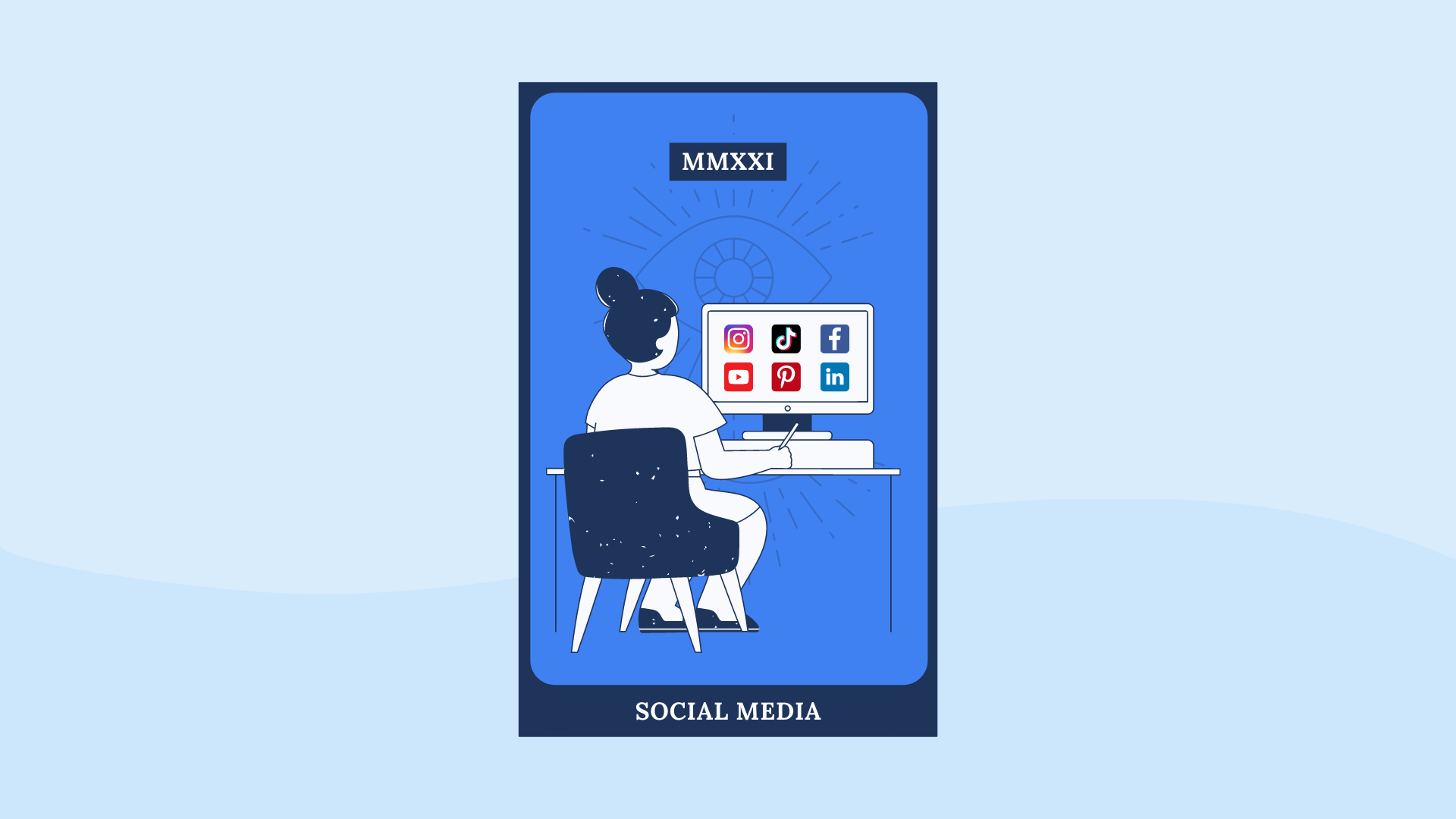
To use content marketing to grow your business you must develop a strategy. Establish goals that guide your content marketing. You also need to establish KPIs. Finally, you should create a content schedule. These steps will help to identify who you want to reach and how to deliver content. These steps will help you plan your next steps.
How to create a content marketing plan
An editorial calendar is key to a successful content marketing strategy. Regular content must be scheduled. This includes choosing the content that appeals to your audience, identifying their demographics, and making sure that each piece is well-written. A key component of any successful marketing strategy is consistency. You will be able to produce new content on a consistent basis if you have enough content. You should also consider the life stages and devices of your audience.
Setting SMART goals
Setting SMART goals is crucial when planning your content marketing strategy. As a rule of thumb, SMART objectives should be specific, measurable and achievable. This framework will help keep you on track and measure your success. It's important to make goals that are attainable and challenge people. Also, make sure they're time-bound to keep you on track.

Determining Key Performance Indicators
Without metrics, a content marketing strategy cannot be complete. To track your progress, you can use page views as a simple metric. You can also segment traffic by channel to determine which channel is driving the most traffic. This lets you see exactly where your efforts are paying off. However, you don't just need to know how many pages were viewed. To truly understand the success of your content marketing, you must also consider conversion rates and other metrics.
How to make a content calendar
A content calendar is vital for creating high-quality, consistent content. This can help you identify topics and trends that are most popular. You can use it to plan how you will publish your content across multiple channels. A content calendar will help you organize your content production more effectively. This calendar will help you pinpoint gaps in your content marketing strategy. It will also alert you to excellent copy ahead of time. It's a great way for you to keep track of your content outputs and identify collaboration opportunities.
Attracting new members
A well-planned content marketing strategy will attract new customers to your website and improve your sales. There are many formats for content marketing, including articles, videos and photos. This strategy determines which content is most beneficial to your company and which are not. Your content distribution channels and goals can be defined. Your content should be helpful to your target audience in order for you to attract people. In the following paragraphs, we will discuss some of the benefits of content marketing.

FAQ
How can I improve the content marketing strategy of my company?
By focusing on content and distribution, you can improve your content-marketing strategy. First, you need to understand your ideal customer and where they hang out online. This information will allow you to tailor your content to their needs. The second is to develop a voice and style unique enough to distinguish yourself from your competition. The third step is to determine how to best distribute your content.
How can I determine success with content marketing
There are several ways to gauge the effectiveness of content marketing efforts. You could track the number and quality of visits to your website. Or, you could see how many leads were generated.
Why are you looking for a content marketing strategy to succeed?
Content marketing isn't just about producing quality content. Content marketing is about connecting with people on an emotional level, helping solve their problems and building relationships. This requires an advanced understanding of how people interact online.
This is exactly the purpose of Content Marketing Strategy. Content Marketing Strategy is a great way to understand customers' psychology and engage them in the best possible ways.
It will also help you increase your conversion rates, which can lead to higher profits.
But why would you want to invest in a Content Marketing Strategy when plenty of other options are available?
Content Marketing Strategy is far better than any other marketing type.
A well-executed content marketing strategy is the best way for you to sell products or build brand awareness.
What is the role and responsibilities of content strategists?
A content strategist can help you to understand what people are searching for online. They will ensure that your site is optimized to search engines so you can rank high. They also create content that can be shared on social media sites such as Facebook and Twitter. They also write copy to advertise, blog, or website.
A content strategist works closely alongside a marketing department and helps to plan a cohesive strategy for the company's web presence. Content strategists can work independently, but they usually collaborate with the rest of the team to ensure that each piece of content serves its purpose.
Are I better off working with a team or doing content marketing on my own?
The answer to this question depends on your budget, skill set, and experience. If you don’t have enough resources to hire someone for content creation, distribution, optimization, and maintenance tasks, you’ll need to learn how it’s done yourself.
If you genuinely want to be successful with content marketing, you shouldn't try to do it without some support structure.
An agency or content strategist that is skilled in creating great content can save you both time and money as well as help you achieve better results.
It is not possible to be successful if you don't work hard and deliver high-quality content. A solid content strategy is critical.
Statistics
- According to research compiled by Coschedule: Companies that publish 16+ blog posts a month get as much as 3.5x as much traffic as those that publish 0-4 posts a month. (criteo.com)
- According to the Content Marketing Institute, 70% of B2B marketers and 86% of B2C marketers surveyed use content marketing in some form or other. (criteo.com)
- This marketing strategy landed Ford a 15.4% conversion rate. (neilpatel.com)
- Out of the 1,500 marketers we surveyed for our State of Content Marketing report, 78% who felt their content marketing strategy was exceptionally effective in 2021 had documented their strategy. (semrush.com)
- Progress indicators (0–100%) allow each team member to see how attainable each goal is and understand what remains to be accomplished. (semrush.com)
- Companies that use content marketing see approximately 30% higher growth rates than businesses not using it. (mailchimp.com)
- Measure your goals with a progress indicator of 0-100%. Make your goals collaborative and transparent (semrush.com)
- Forty-seven percent of buyers view 3 to 5 pieces of content before engaging with a sales representative. (mailchimp.com)
External Links
How To
How to make your videos more awesome?
Video Marketing is one powerful tool in Content Marketing. Video Marketing allows you to connect with your audience and create trust. How do we turn boring into awesome? Let's get down to it!
-
Tell a story. Storytelling lies at the heart and soul of all communication. Without storytelling, video marketing will not work. To tell stories, you need to ask yourself what kind you want. Is it something entertaining? Educational? Inspiring? You can find inspiring stories on social media through videos and photos. Take inspiration from these stories and make your own.
-
Images are a powerful tool. Images convey emotions better than words. They help us connect with others and feel empathy. Images are essential for a video. You can embed images directly in your blog posts, or add them to your slideshows.
-
Make it easy to share. You want viewers to spread the word. Make it easy. Your videos should include sharing buttons. Add social icons to your slideshows. You can also add "Share" boxes to videos if your channel is YouTube.
-
Don't overdo it. Your viewer may lose interest if you use too many graphics or too much information. Keep it simple. A few striking images can be enough to attract attention and keep people's attention.
-
Keep it short. People love to see short videos. Make short videos, no more than 5 minutes, to build buzz around your brand.
-
Get feedback. Most importantly, listen to your audience. Ask your audience to share their experiences and tell you what they like. Use the answers to improve your content.
-
You should create a plan. Think about the next video you might create. Can you create a series? A playlist could be created with only the most popular videos.
-
Test, test, test. It's not what you want. You should test any video before it is released. You will be surprised at the reaction you get. Make changes based upon these results.
-
Repeat. Keep repeating steps 1--8 until you have the perfect formula. Once you know what works, you'll be able to create great videos time after time.
-
Measure the results. It's crucial to measure the success and failure of your videos. How did they perform? Do certain audiences prefer specific videos? These questions will help you optimize your strategy.
-
As needed, adjust. Don't stop learning once your video campaign is up and running. You can learn from your mistakes and adjust your plan as needed. The best marketers always look for ways to improve.
-
Enjoy it. Although video marketing isn’t difficult, it can take patience. As you gain experience, you'll learn new strategies, techniques, and ideas to help you grow your business.